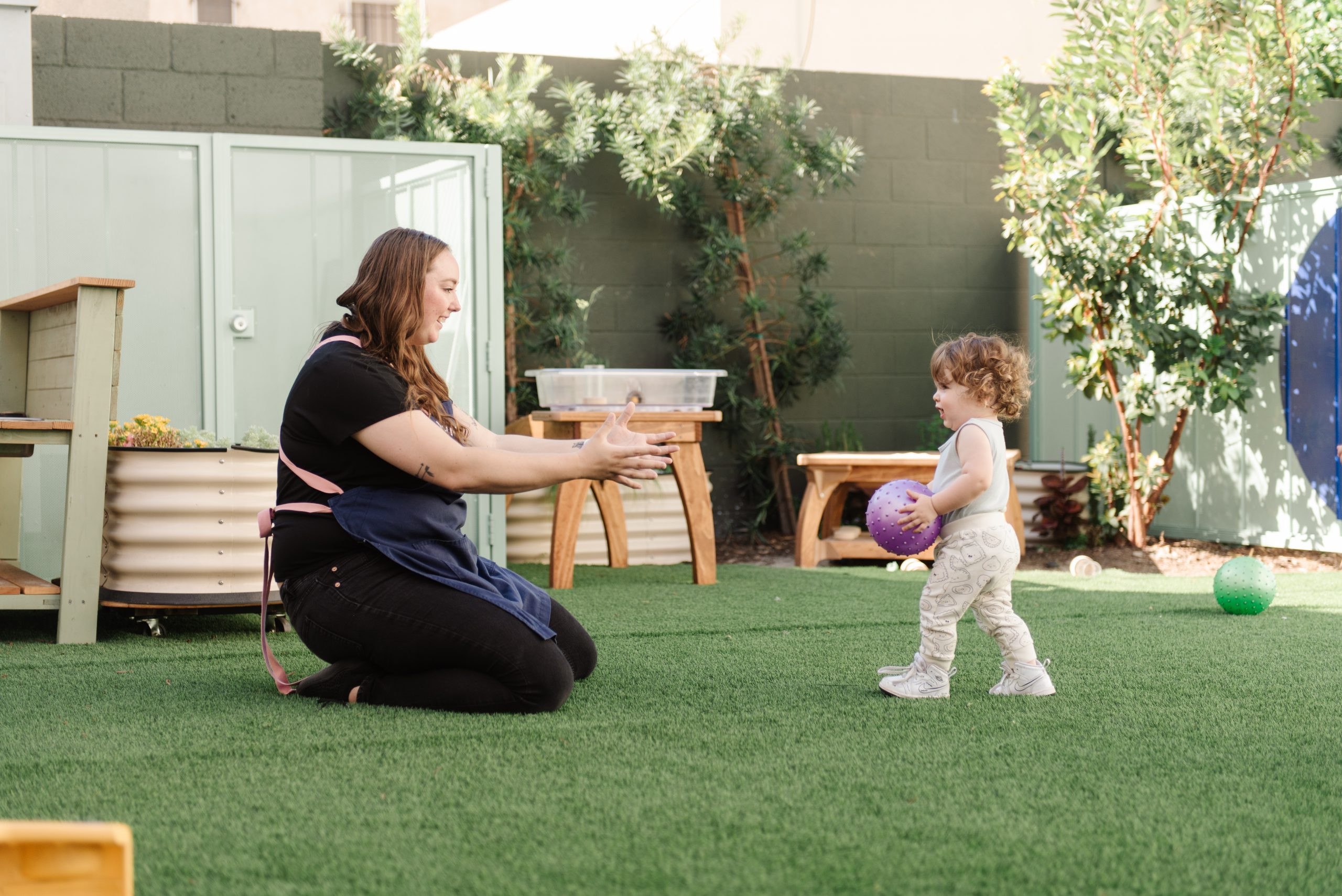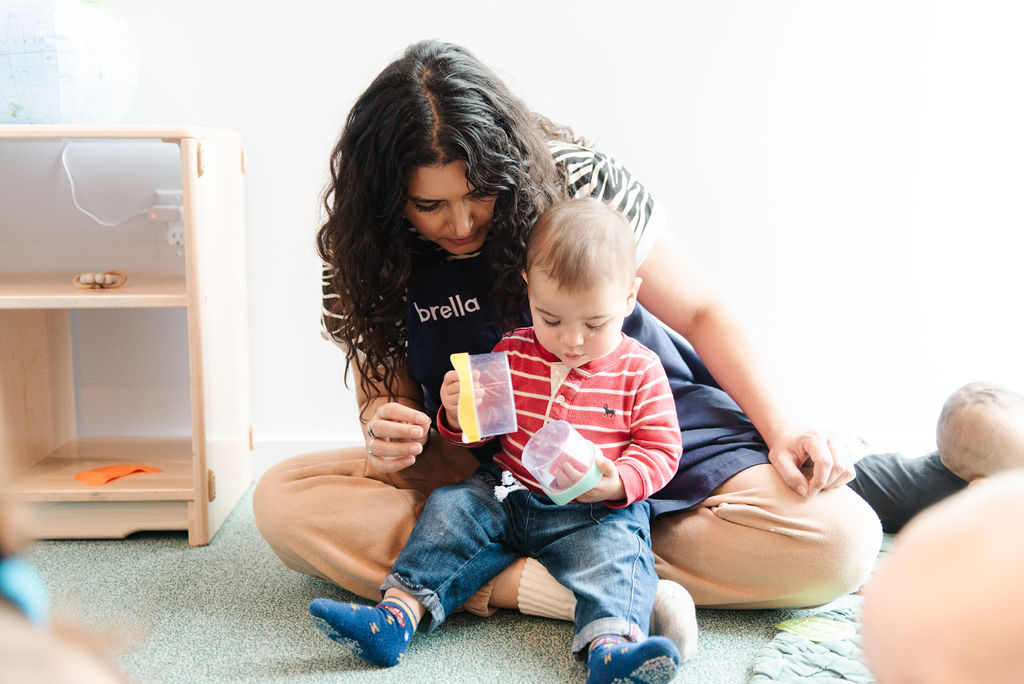
Brella 101
Setting Limits with Children: Creating Healthy Boundaries at Home
Setting Limits with Children
Setting limits with our little ones can be a challenging, but important part of parenting. Here’s a friendly guide on how to effectively set limits with your child, ensuring they understand boundaries while feeling supported and understood.
Consistency is Key
Our children are like little scientists, constantly testing and learning from their environment. Consistency in setting limits helps them understand what is expected. If sometimes you say yes and other times no, they’ll keep pushing to see which response they get. Consistent rules help them learn quickly that the limits are firm and non-negotiable.
Patience and Repetition
Teaching and setting limits won’t happen overnight. It takes repetition and patience. The long-term goal of discipline is to instill self-control so that children eventually set their own limits even when we’re not around.
The “Now Say This” 3 Step Communication Model
A great method for setting limits is the “Now Say This” 3 Step Communication Model by Julie Wright and Heather Turgeon.
- 1. Acknowledge your child’s feelings: Let your child know that you understand why they’re upset. Validating feelings can make a huge difference.
- 2. Set the Limit: Clearly and briefly explain what the limit is and why it exists.
- 3. Problem Solve: Offer alternative choices or solutions. Help your child understand what they can do instead of what they can’t.

Approaching as a United Front
Avoid mixed messages by ensuring that all caregivers are on the same page.
- 1. Decide what your rules are.
- 2. Make sure both parents agree, and nannies/grandparents are on board.
- 3. Tell your children what the rules are.
- 4. Expect your children to push back.
- 5. Respond the same way each time. Any variation will make your child curious to see what will happen next.

Self-Care for Parents
It’s important to keep your cool when your kids push your buttons. Here are a few tips to help:
- Take Breaks: Don’t hesitate to take a moment for yourself.
- Acknowledge Your Feelings: Make sure someone is there to listen to your concerns and frustrations.
- Parent Time Outs: It’s ok to step away for a bit to regain your composure.
By being consistent, patient, and using effective communication, you’ll help your child learn to respect limits and understand boundaries.
Happy Parenting!
Leave a reply
We welcome you to share with our community, any doula recommendations or local resources, in the comments below. Your email address will not be published. Required fields are marked *



